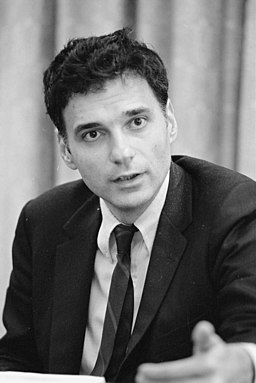Mission: To promote driving less so all may live more.
On One Hand…
Drivers in the United States are now paying almost as much for gasoline as Europeans have been paying for years (take Germany for example). That’s right, fellow Americans, we’ve been on a Non-renewable Resource Holiday since the day we were born. The party is ending for those living on a limited budget. Right now, depending on where you live and the blend you use, gasoline is about $5 a gallon. If fuel continues to increase in cost—say upwards of $8-$10 per gallon, the following will happen. Many of us will…
- regret buying jumbo cars and trucks that scare the bejeebers out of pedestrians and bikers, all the while guzzling fuel like water (which we are also going to run short on)
- plan our errands better—bundling five tasks into one trip instead of parsing out a trip per errand
- discover public transportation, which, if it actually gets used, will blossom into what it should have always been
- undertake more self-propulsion (walking, running, biking)
- buy e-bikes; whatever else they are, they are much less polluting and threatening than cars and trucks
This is a trajectory that I’d bet on. And I’d bet that the real hardship will be on low-income families and individuals who survive by driving. At the other end of the spectrum, toward the wealthy, the costs are negligible. Perhaps inflation is worth complaining about, but is does not change driving habits. In American culture, driving excessively may already be a status symbol, but soon it may be the surest sign of opulence.
On the Other Hand…
The US Supreme Court just handed down a decision that will hamper clean air and accelerate climate disaster.[1] Here’s a thumbnail of what happened: in 2015, the EPA, through its Clean Power Act, set standards for power plants that involved three building blocks. The first building block, which was consistent with the older Clean Air Act, involved cleaning up the way coal burns. The second and third blocks required replacing coal with, first, natural gas, and, ultimately, non-polluting sources such as solar and wind.
On June 30, 2022, the Supreme Court ruled that the EPA was not empowered to set these standards without specific authorization from Congress. In other words, federal agencies cannot initiate standards they consider necessary. They must depend on Congress to do so.
This might be good Constitutional law at work. Justice Kagan doesn’t think so: “Today, the Court strips the Environmental Protection Agency (EPA) of the power Congress gave it to respond to ‘the most pressing environmental challenge of our time.'”
Good or bad Constitutional law, I’m left wondering what good a body of constitutional law will be if we kill the body politic it was designed to serve.
The Individual or the State?
Raised by a Jeffersonian, I used to believe that the government that governs least, governs best. In another society that might be, but the immense power of corporate greed in this country overwhelms the checks and balances written into the constitution. Lobbyists often wield more influence than voters. The tail truly is wagging the dog.
Perhaps if individuals started on neutral ground, the majority would make prudent lifestyle decisions that promoted healthy, green living. But from the cradle to the grave (yes, I love that phrase), we are bombarded with an infrastructure, legislation, marketing, and advertising that promote the unhealthy use of cars and trucks.
The change will not happen if left to individuals because, by and large, individuals are programmed by corporations. And for that reason, I’m left with only two hopes: (1) the harsher one that gas will go up to an even $10/gal; yes even I will whine at times, but, when I can hear nature instead of the constant drone of tires on the highways, I’ll smile; (2) federal-level imposition of standards and the funding of a green infrastructure, changes that throw the corporations off balance, making the greediest and most wasteful ones wince as the socially-conscious companies take the lead. Will this ever happen? Not today, not this year, not this decade.
Today’s Bollard
Bollards stop cars, sometimes brutally, offering a kind of payback moment to those who frequently feel threatened by drivers. On the topic of the growing global dependence on automobiles, a bollard is one of the few things that make me smile.
This video has an optional soundtrack (in case you want to mute it):
Bollards are SO talented.#WorldBollardAssociation pic.twitter.com/gLeQP5mFIH
— World Bollard Association™ (@WorldBollard) April 27, 2022
____Footnotes____
[1] For a detailed look, see West Virginia v. EPA in Wikipedia. The article includes a link to the Supreme Court decision itself, always a pleasure to read (no joke).


